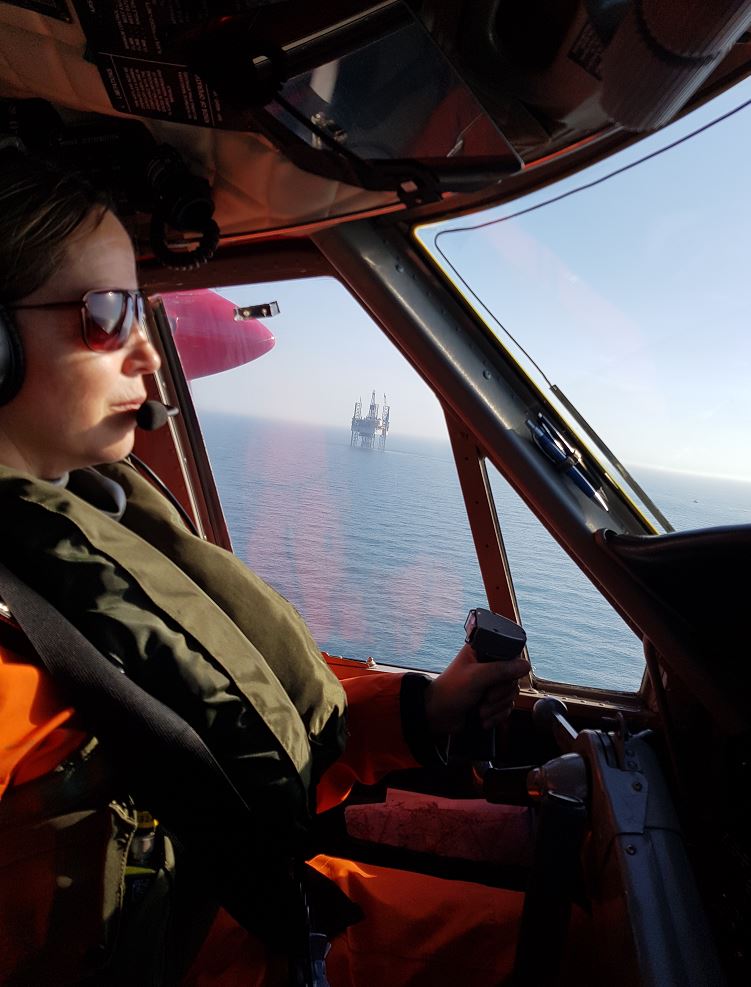Scientists to study methane emissions in North Sea
Scientists embark on a three-week flying campaign today (23 April) to study methane emissions from gas fields in the southern North Sea.
Using specialised scientific equipment, on board one of British Antarctic Survey’s Twin Otter aircraft, the team will derive the volume of methane emitted from the North Sea gas rigs. They will also collect air samples for further analysis.
The data will enable researchers to pinpoint where the emissions are coming from, distinguishing between land-based sources, such as agriculture and waste, and industrial sources that use natural gas. Methane molecules emitted from the natural gas industry have a different chemical signature to those emitted from other sources. Measuring the relative proportions of each of these types of molecules – known as isotopes – allows the source to be determined.

Methane is a powerful greenhouse gas and gas fields are a major source of emissions. Developing reliable methods to locate and quantify emissions is crucial for informing policymakers and industry regulations.
Establishing procedures to monitor emissions from activities such as natural gas extraction will help scientists produce a more accurate record of global methane emissions from industrial activities. By understanding how much of this powerful greenhouse gas is being emitted into the atmosphere at present, researchers can provide better estimates of future emission levels. This will inform global climate models and increase the reliability of future climate change predictions.
Project co-ordinator Dr Dave Lowry from Royal Holloway University says:
“Using the British Antarctic Survey Twin Otter for this project is a big plus because it can fly at half of the speed of larger research aircraft. This is important when we are trying to examine a plume of emissions from a gas installation and have only a short time to catch the sample.”
The campaign involves 22 hours of flying on pre-determined paths across the southern North Sea. During each flight, the specialist instrumentation will gather data on the chemistry and structure of the atmosphere. The scientists aim to examine four key areas in the southern North Sea.
Dr Anna Jones, atmospheric scientist from British Antarctic Survey, says
“Creating practical methods for monitoring this key greenhouse gas in the North Sea is a step towards a better understanding of global methane emissions. Since methane is a powerful greenhouse gas this is not only important for atmospheric science, it’s relevant to everyone.”
The work is part of the Climate and Clean Air Coalition (CCAC) Oil and Gas Methane Science Studies. The studies are managed by United Nations Environment Programme in collaboration with the Chief Scientist Steven Hamburg of the Environmental Defence Fund.
Find out more about the project here.